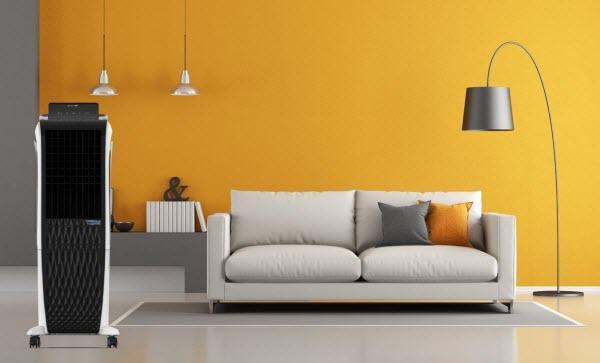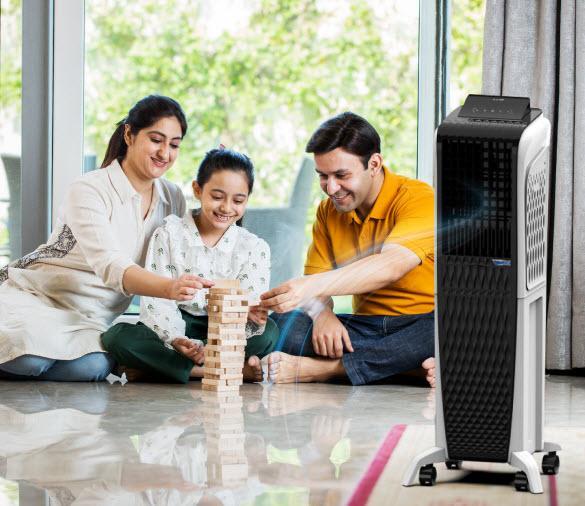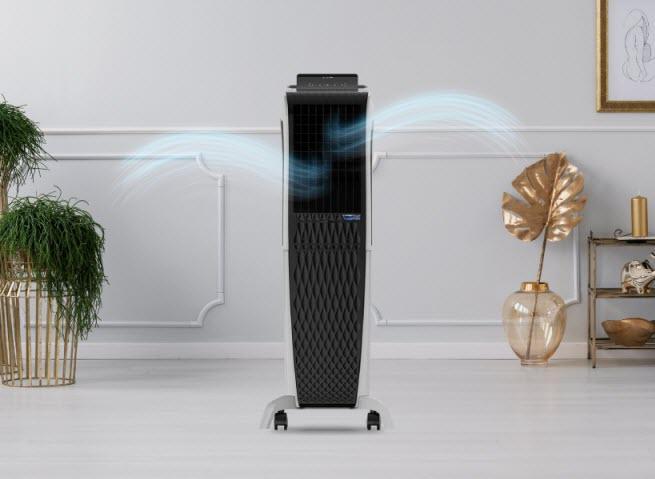TheBenefitsofRoomCoolers:ASustainable and Cost-Effective Alternative to Air Conditioners

As the world faces the impact of climate change, reducing carbon footprint and energy consumption has become crucial. During the summer season, air conditioners are commonly utilized to combat the ascending temperature. Nevertheless, the excessive utilization of air conditioners contributes to the carbon footprint and elevated electricity bills. Room coolers, otherwise referred to as evaporative coolers or swamp coolers, are an excellent alternative to air conditioners that can assist in decreasing the carbon footprint and electricity expenses.
What are Room Coolers?
Room coolers, which are also referred as evaporative or swamp coolers decrease the temperature of the atmosphere by means of water evaporation. They work by drawing warm air into the cooler and passing it through wet pads or filters, which then evaporates the water and cool the air. The cooled air is then circulated into the room through a fan.
How do Room Coolers work?

Room coolers use a simple and efficient process to cool the air. The process of air cooling involves the drawing in of warm air, which subsequently passes through wet pads, where the water evaporates and heat is absorbed from the air, thereby causing the air to cool. The cooled air is then circulated into the room through the fan, creating a cool and refreshing environment.
Environmentally Friendly
Room coolers are an eco-friendly option that helps reduce carbon footprint. Air conditioners use harmful refrigerants that contribute to greenhouse gas emissions, whereas room coolers use only water and electricity to operate. The utilization of room coolers as opposed to air conditioning units stands to reduce the quantity of detrimental gases that are emitted into the atmosphere to a significant degree.
Room Coolers are Cost-Effective
The implementation of room coolers, when compared to air conditioning units, proves to be more cost-effective in nature and is also more affordable. Air conditioners possess a higher initial cost, consume a greater amount of energy, and require more frequent maintenance, which ultimately translates into higher long-term expenses. Conversely, room coolers possess a lower initial cost and necessitate minimal upkeep, thus positioning them as a fiscally responsible and cost-effective substitute for air conditioning units.
Room Coolers have a Low Carbon Footprint
Room coolers have a low carbon footprint as they use only water and electricity to operate. Air conditioners use refrigerants which have a high global warming potential and contribute significantly to greenhouse gas emissions. We can reduce our carbon footprint and contribute to a more sustainable future by using room coolers.
Room Coolers can Control Humidity

Room coolers have the capability to govern the moisture levels, thereby rendering a more congenial atmosphere, and potentially reducing the requirement for air conditioning. The process of natural evaporation is employed by room coolers to infuse moisture into the air, which ultimately culminates in an environment that is more pleasant and enjoyable. High humidity levels can make the air feel warmer, making it difficult to cool the room. Utilizing room coolers can lead to a decrease in our dependency on air conditioning, resulting in a notable reduction in our overall energy consumption.
Room coolers provide a remarkable substitute for air conditioning units and can substantially aid in mitigating carbon emissions while also reducing electricity expenses. Furthermore, they have the capacity to regulate humidity levels, resulting in more comfortable air and reducing the necessity for conventional air conditioning systems.
